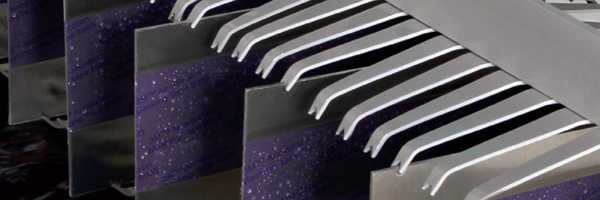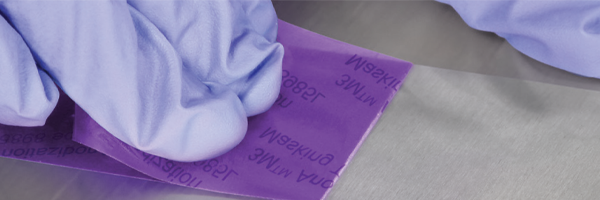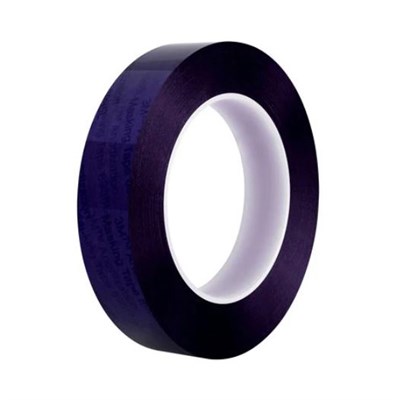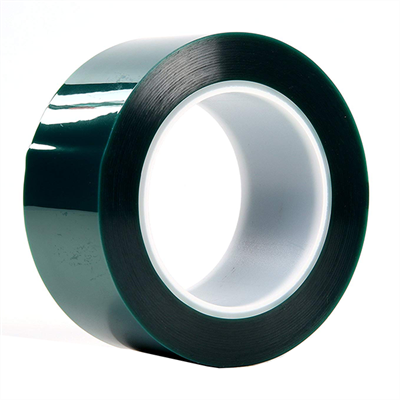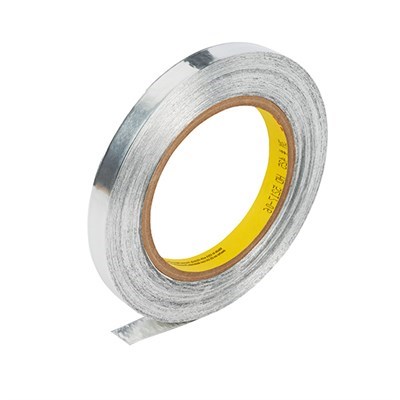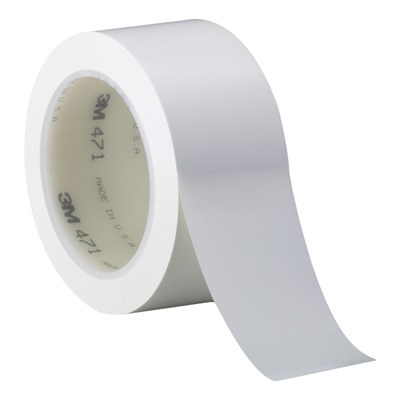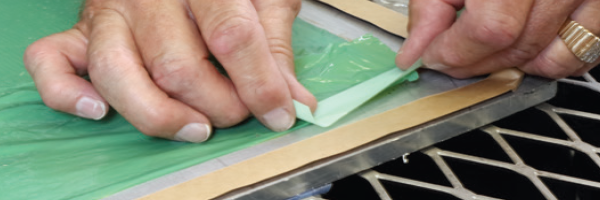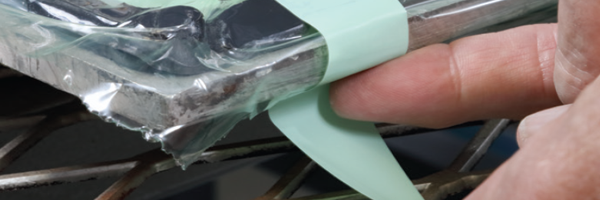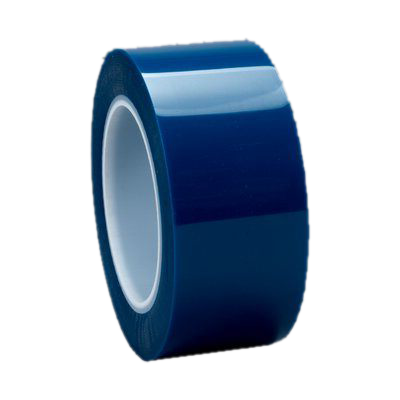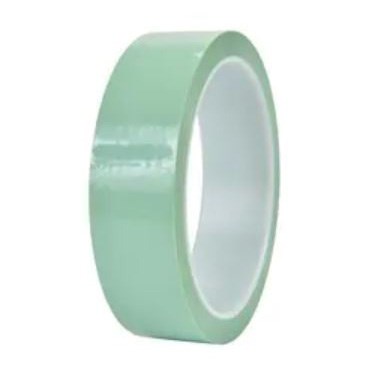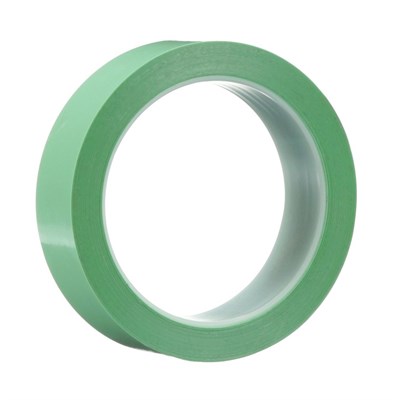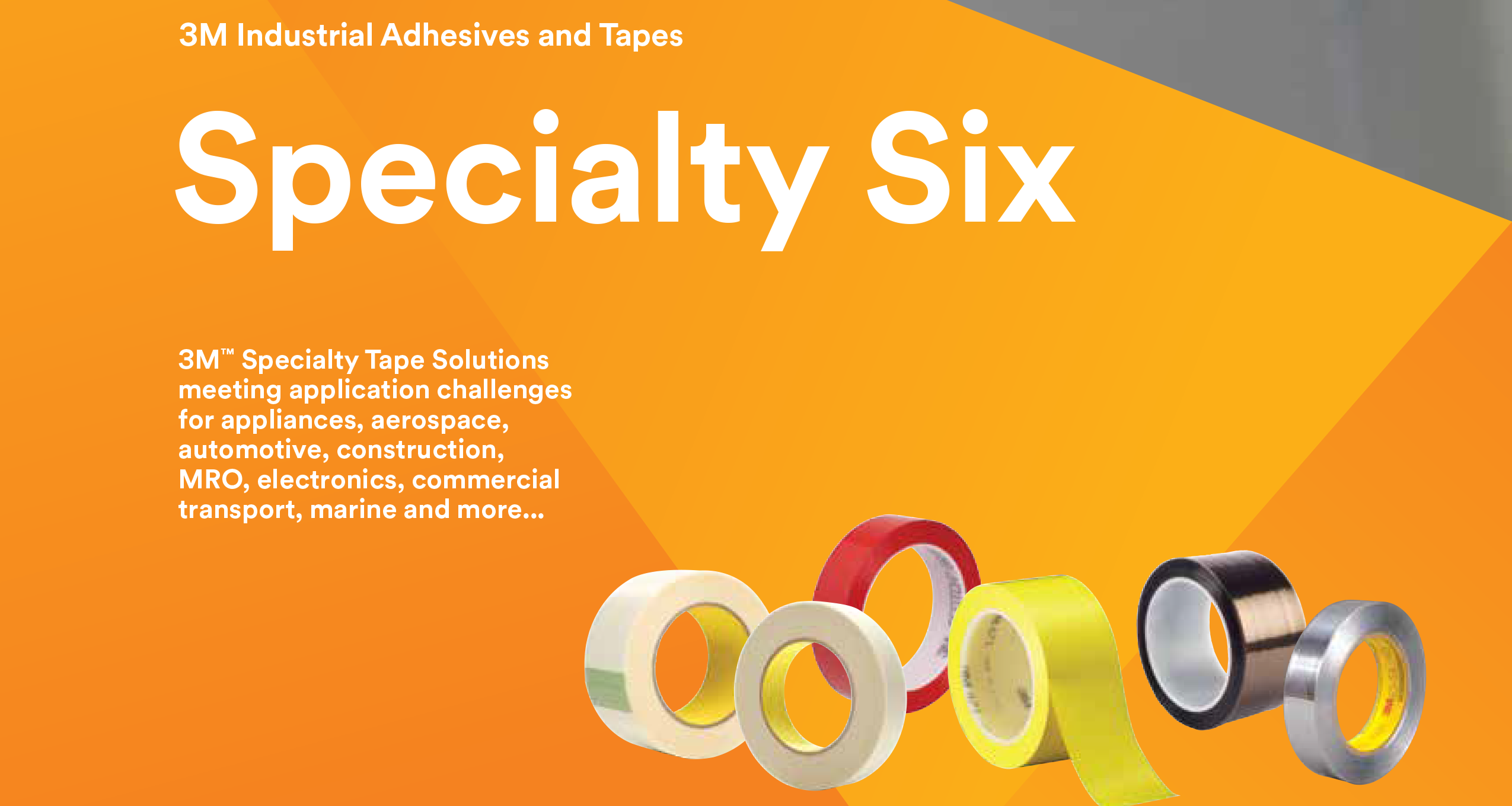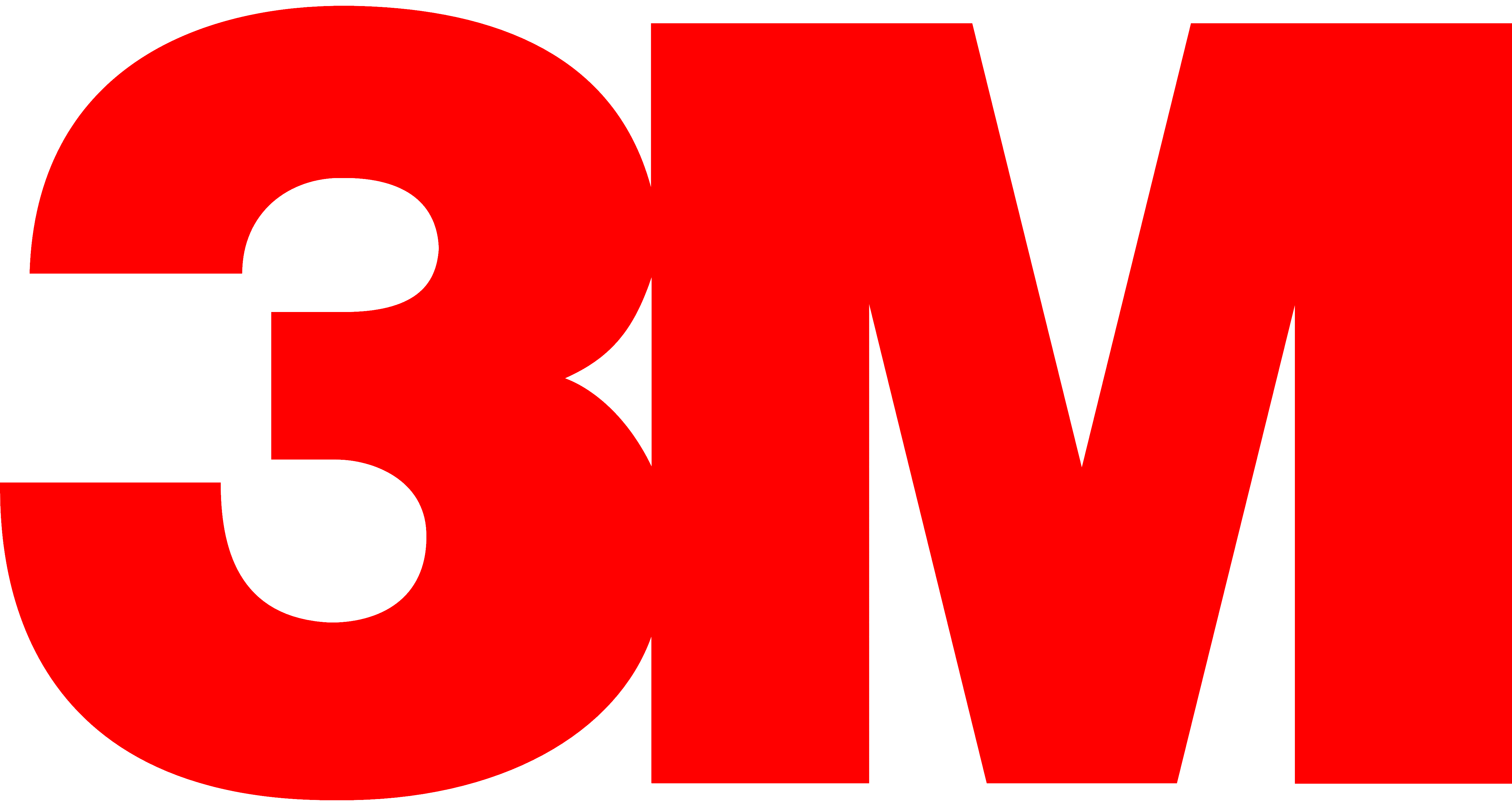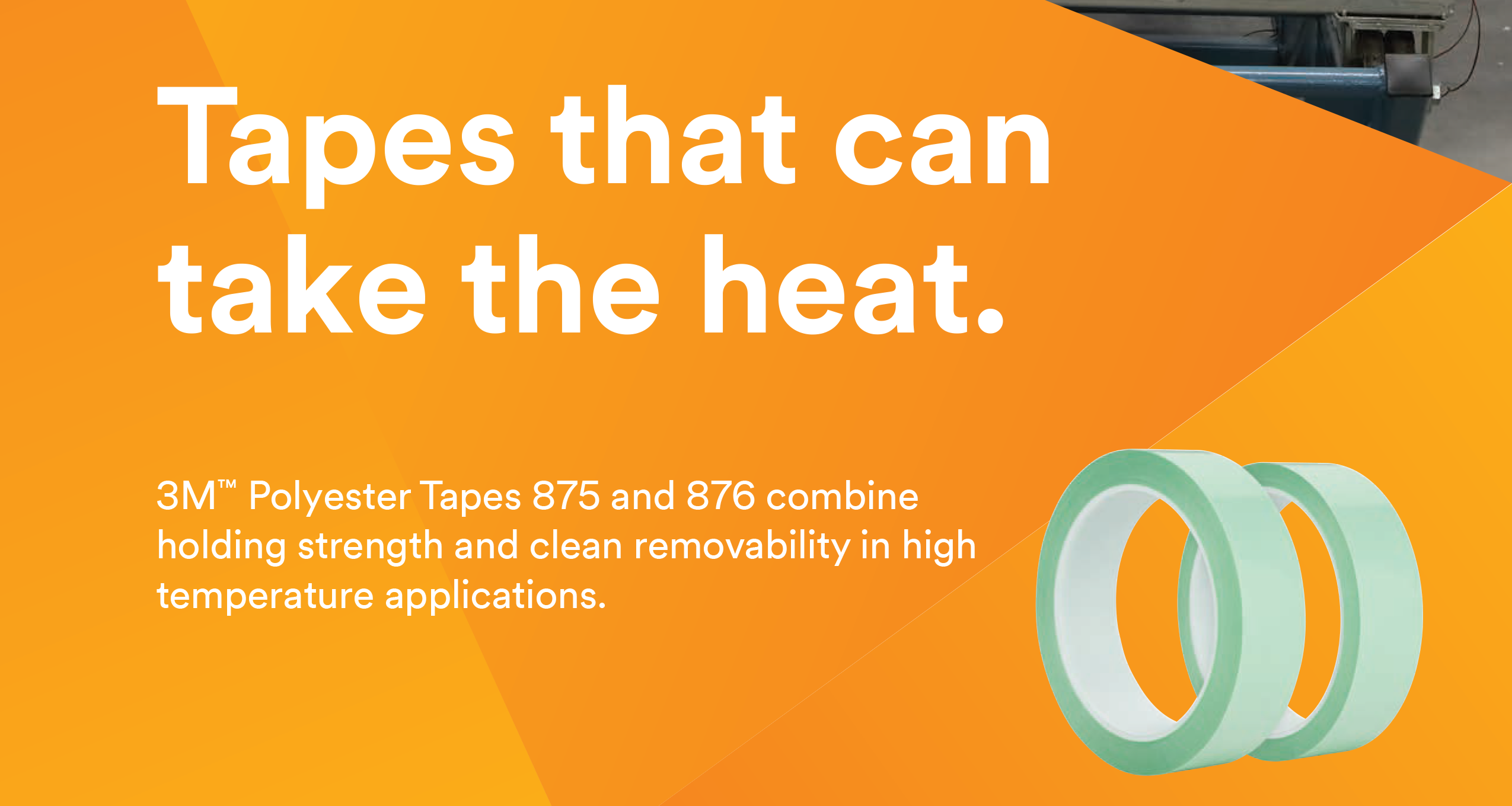Why is masking an essential part of these processes?
While the effects of anodization or powder coating are of benefit to the end user, there are parts of the component being treated that may need to be masked to prevent the coating being applied.
- Electrical contact is required – anodization works as an electrical insulator.
- Prior to assembly –anodization adds a layer, and so can change the dimensions of components.
- Prior to bonding – it is not easy to bond to a powder coated or anodized surface.
- Prior to welding – it is difficult to weld to a powder coated surface.
- Aesthetic reasons – where colour is added to the process, some areas may need to be masked.


